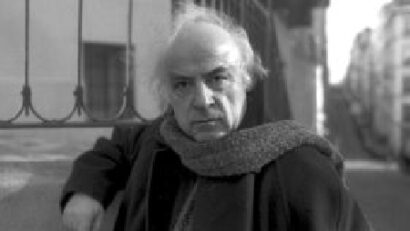
One of the best known Romanian writers abroad, Norman Manea was the special guest of the Iasi International Literature and Translation Festival.

The year 2014 was a year filled with major political events, as Russia operated the first territorial changes in Europe after the war in the former Yugoslavia, and brought back fears of another Cold War, according to analysts.
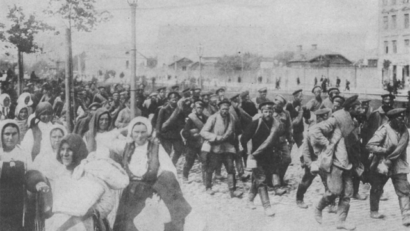
Letters dating back to the Great War are an important source for historians.
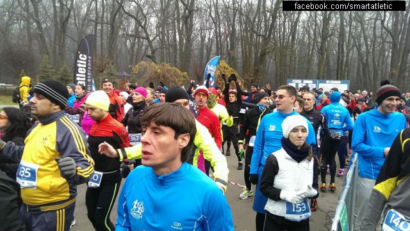
Smart Atletic is an association that promotes fitness for all people and all seasons. Be it running up the steps of the tallest building in Bucharest...
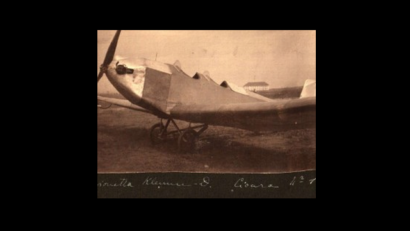
An item on the First Civil Aviation School in Romania.

The number of cyber attacks and cyber espionage cases is expected to increase in 2015, and extremist groups will strengthen their internet offensive, according to a report issued by the security company McAfee.

A look back at some of the most interesting holiday destinations that we presented to you last year.

While all citizens are guaranteed access to medical services, there are big differences between the rural and urban areas in this respect.
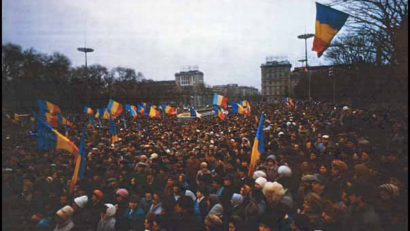
1989 was the year that brought freedom to Bessarabia, a territory annexed by the USSR in 1939, and again in 1944.

Students with the Constanta School of Mechanical Engineering built the first amphibious Dacia.

Romania boasts one of the richest faunas in Europe.
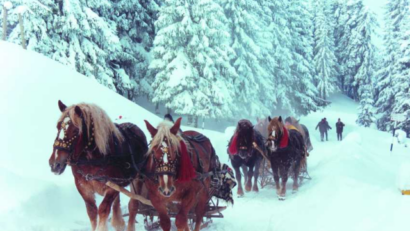
A look at the most common and spectacular Christmas traditions in Romania

The findings of a recent report published by World Vision Romania Foundation
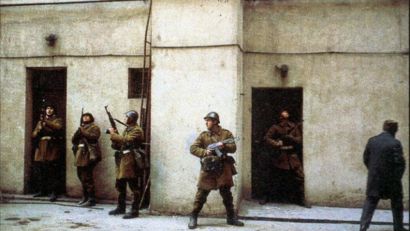
The 1989 Revolution was the most important event in the second half of the 20th century in Romania.

Originally a market town, Bucharest was founded around the Princely Court on the banks of Dambovita.
